How to teach the s sound
How to Teach the S Sound by Chicago Speech Therapy
The /s/ sound is made by placing the tip of your tongue just behind the front teeth, very close to the roof of the mouth but not touching it. The sides of the tongue are raised to touch the roof of the mouth, leaving a passage for air down the middle of the tongue. The sides of the tongue should also rest against the side of your teeth, which should be together. Finally, the lips should be parted slightly with the corners drawn up, like a smile. The /s/ sound is unvoiced, so the sound comes purely from the air travelling through the passageway created in your mouth and through your teeth.
This is a trickier sound for kids to make and it is common for children replace it with the /th/ sound. Your child should begin getting the sound by around three years and should have it mastered by age seven or eight. The /s/ sound has a little more leeway in the age by which it needs to be developed, but if your child has trouble pronouncing it, the longer you wait to seek help, the more difficult it will be to remediate the sound.
If your child is over eight years old and still has a lisp or other difficulty with the sound, it is highly recommended that you consult with a licensed speech-language pathologist as soon as possible.
At any stage in your child’s language development, practicing articulation at home can be a wonderful activity for you and your child. Schedule specific time to spend working on articulation with your child and take advantage of smaller moments like making dinner or walking to the park to reinforce your practice.
Here are a few speech therapist recommended activities for you and your little one:
- Verbal cues
When you practice a specific sound with your child, begin by pronouncing the sound slowly and clearly for your little one. With a sound like /s/ that does not have an inherent end point, say it one a time, for a few seconds each: “/s/”. This helps your child understand the single sound you will be focusing on, and provides a correct example for her to imitate.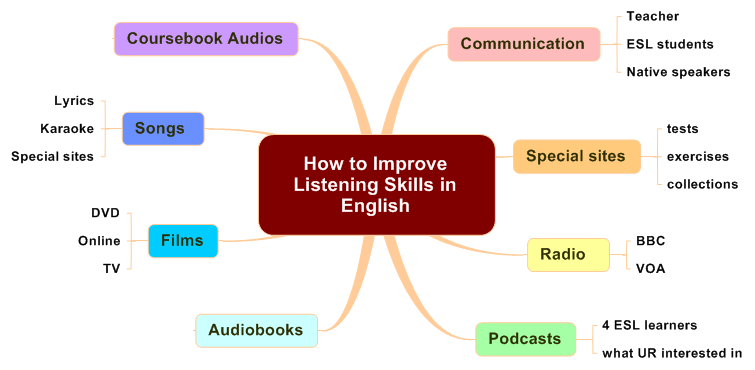 As your child masters the individual sound, move on to simple syllables by adding vowels to the /s/: “so, so, so,” “see, see, see,” “sa, sa, sa.” With time and practice, your little one will be able to move on to words and, eventually, sentences and conversation.
As your child masters the individual sound, move on to simple syllables by adding vowels to the /s/: “so, so, so,” “see, see, see,” “sa, sa, sa.” With time and practice, your little one will be able to move on to words and, eventually, sentences and conversation.
- Visual Cues
Often accompanying a sound with a visual cue helps to ground the idea for a child and provides an association for them to remember the sound in the future. When you pronounce the /s/ sound for your child, place your index fingers at the corner of your mouth and pull them back towards your ears as your mouth stretches to make the sound. Encourage your child to do the same each time he pronounces the sound. Practice with a mirror for even more visual feedback.
- Tactile Cues
Speech therapists often use tools similar in size and shape to a tongue depressor or a toothbrush that are specifically designed to help children with the placement of their mouth for certain sounds.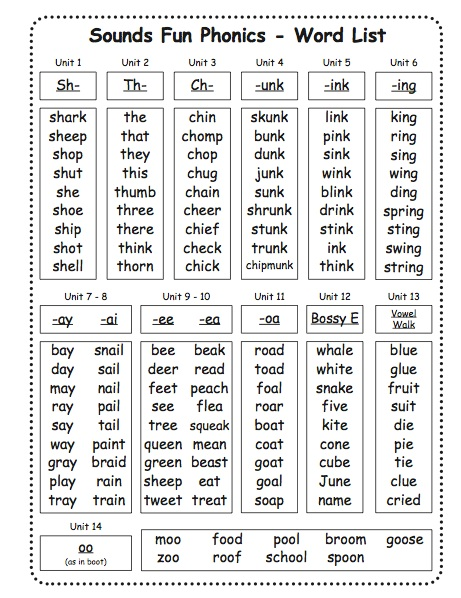 Ask a speech-language pathologist about tools like the Speech Buddies for tactile help in improving articulation. These tools are effective, but should only be used with the help of a trained therapist.
Ask a speech-language pathologist about tools like the Speech Buddies for tactile help in improving articulation. These tools are effective, but should only be used with the help of a trained therapist.
- Awesome /s/ Activities
The /s/ sound is particularly fun because it is the “snake sound”. Put your hands together with the palms flat and facing each other, then move your arms side to side as though you are a snake. Encourage your child to do the same and slither around the house together making the /s/ sound. Create games and challenges for your little snake; he must name and then eat every object he finds that begins with /s/, or he must introduce himself to all the family members as “I am Sam, the slimy, slithering snake!” Kids love these activities and they are a great way to reinforce the /s/ sound!
S Sound Articulation Therapy Guide
Select your topic
Most popular
20 likes
Jan 15, 2022 As a speech pathologist that works with little kids all of the time, one of the biggest sounds that I work with is the “S” sound.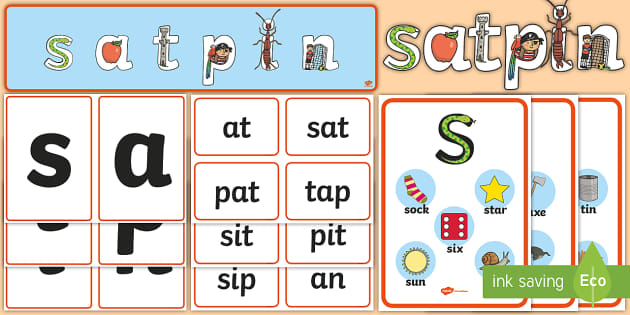
An articulation disorder or speech sound disorder is when a child has problems making speech sounds properly. One typical articulation error kids make is the /s/ sound.
To produce a clear /s/ sound, the tongue is raised high in the mouth to almost touching the alveolar ridge, the roof of the mouth. This action by the tongue should create a groove in the center of the tongue through which the air flows. Because the tongue constricts the space through which the breath stream travels, the /s/ sound should have a faint hissing quality to it.
If your child is having a difficult time reaching this position, you can stick some peanut butter or marshmallow behind their teeth so that your child can raise their tongue to hit the spot where the sound is created!
To produce a clear /s/ sound the tongue is raised high in the mouth to almost touching the alveolar ridge, the roof of the mouth.
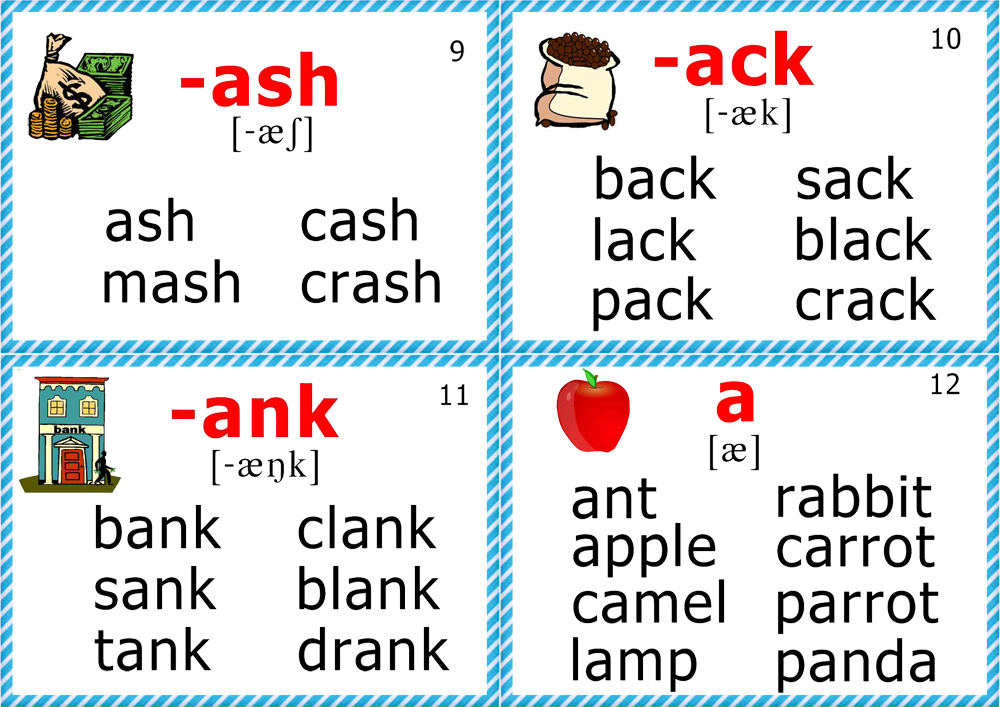
Let’s Start with These
When working on this sound, I print out a picture of Sammy the Snake. It’s a very simple picture that isn’t distracting for young children. If you don’t like this picture, you can easily google “plain snakes” and a multitude of pictures will come up that you can use.
As your child traces the snake’s body, give them the /s/ sound to produce. In order to produce any sound in conversation, they have to be able to say it in isolation, or by itself.
You can also read a list of words that have the letter “s” in it. When your child hears the sound produced correctly, they can hold up the snake! This is a great activity because it will teach your child discrimination skills for when they are producing the sound independently.
Where to find some words? You will find hundreds more on Word Vault Essential where you can take data and play the words aloud. This is great to use right now while access to speech pathologists is restricted due to the pandemic.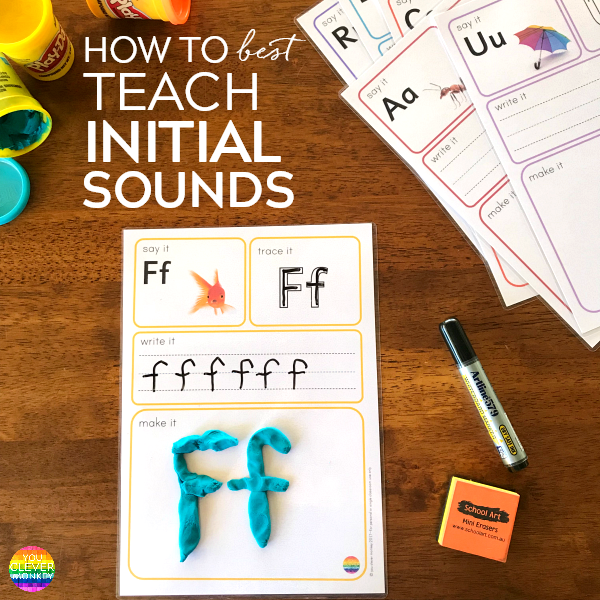 You’ll be able to determine if your child has gained progress and if you can move on to the syllable level of production.
You’ll be able to determine if your child has gained progress and if you can move on to the syllable level of production.
Once the child is stimulable for the /s/ sound, have them use it continually for many seconds at a time. You can add vowel sounds such as, /a,e,i,o,u/. For example, have your child say “sa, sa, sa” as they trace the body of the snake.
Have them hold the sound as they trace their finger all the way down Sammy the Snake’s body.
You can also do something reinforcing while they say the sound, like blowing one bubble at a time. When the bubble pops, the child can stop saying the sound.
Word LevelThe “s” sound is a great sound to work on because it’s so accessible in the English language. One of my favorite activities I do with any articulation sound is a sensory bin. You can even use a cardboard box for this activity if you don’t have a plastic bin at home. Fill it with rice or noodles and place small toys inside of it that correspond to the letter you are working towards. You can find these small toys at the dollar store. As your child pulls out the toy, have them repeat it three times to make sure they are producing the sound correctly.
You can find these small toys at the dollar store. As your child pulls out the toy, have them repeat it three times to make sure they are producing the sound correctly.
Show Visual and Audio Cues with the Help of Speech Blubs
Speech Blubs App has multiple activities that you can use to target specific speech sounds. The games are fun and highly engagable so your child won’t even realize that they are working on speech sounds!
Boost Your Child’s Speech Development!
Improve language & communication skills with fun learning!
Start Free Trial
To practice making the S consonant here is the list of sections and words in them that you can practice with your child:
- Wild Animals: Seal, Skunk, Horse, Mouse, Fish.
- Petting ZOO: Fish, Sheep, Horse, Skunk, Mouse.
- Outdoor Wonders: Grass, Ice, Seed, Summer, Storm, Spring, Sun.
- Living Colors: Silver.
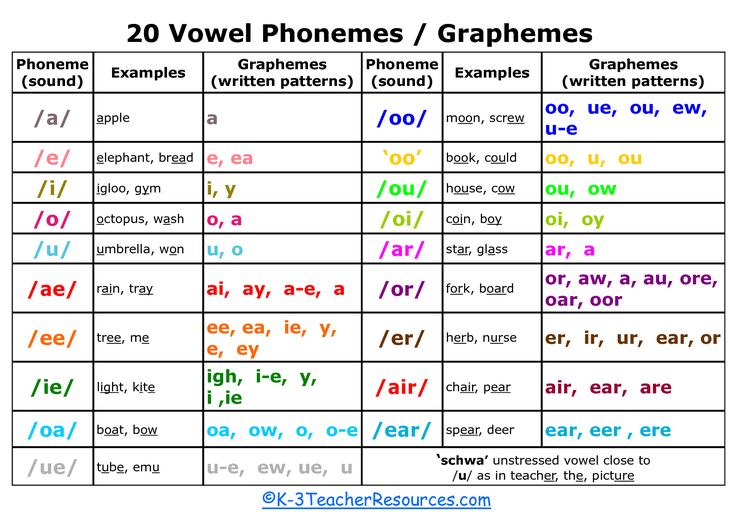
- Yummy Time: Soup, Rice, Pizza, Cheese.
- Toy Box: Swing, Tricycle, Slide, Puppets, Dice.
- When I grow up: Dancer, Policeman, Astronaut.
- We are Family: Sister.
- Get into Shapes: Square, Circle, Cross, Star.
- Numbers and me: Six, Seven, Sixteen, Seventeen.
- School Rocks: Eraser, Bus, School, Desk.
- This is my Body: Ears, Nose, Skull, Lips, Eyes.
- Ride your Wheels: Motorcycle, Bus, Bicycle, Stop.
- Dinorawrs: Tyrannosaurus Rex, Stegosaurus, Plesiosaurus, Triceratops, Ankylosaurus, Apatosaurus.
- Universe: Astronaut, Sun, Mars, Saturn, Uranus, Galaxy.
How to Play Articulation Bingo?
- Use the button below to download our Articulation Bingo Board
- Print out the board and give it to your child or cut out the pictures and put them into a bag
- Let your child pick a word from the board/bag
- Find the word in Speech Blubs App and practice it, play with fun filters, and watch educational videos
- Your child is a winner when he practices three pictures in a row (across, down, or horizontally) or the entire board
`
`
Download Articulation Bingo Here
Phrases/SentencesI typically play “word sandwich” once my kids get to this level.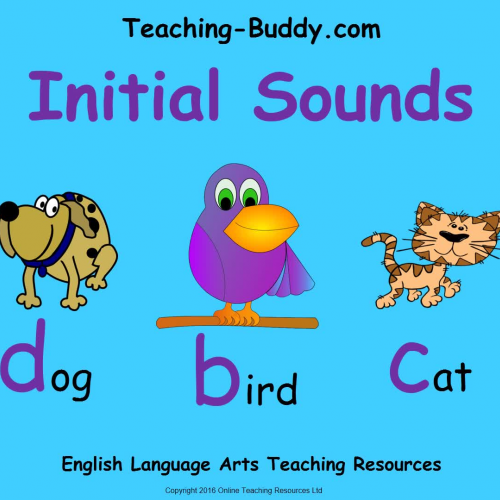 You can use play pieces of bread or just two brightly covered pieces of paper. Inside the “bread,” put pictures of objects that have “s.” Have your child say the sentence, “Today, I’m making a _____ sandwich.”
You can use play pieces of bread or just two brightly covered pieces of paper. Inside the “bread,” put pictures of objects that have “s.” Have your child say the sentence, “Today, I’m making a _____ sandwich.”
Another activity you can do is print out a picture of Superman and Superwoman. Have your child walk around your house or outside and say things like, “Superman is sitting on the _____.” If you can find objects that have the “s” sound in them, like the sink, that’s even better! Sticking with the superhero theme, you can make diagrams about what superheroes do . . . they save people, they soar through the sky, they have secret identities.
If your child has difficulties with other sounds, here are the articles that can help you with speech therapy and articulation activities ideas:
- Articulation Therapy: An All-in-One Guide for Parents
- B Sound Articulation Therapy
- H Sound Articulation Therapy
- JJ and CH Sounds Articulation Therapy
- L Sound Articulation Therapy
- Lisp Articulation Therapy
- M Sound Articulation Therapy
- N Sound Articulation Therapy
- NG Sound Articulation Therapy
- R Sound Articulation Therapy
- SH Sound Articulation Therapy
- T and D Sounds Articulation Therapy
- W Sound Articulation Therapy
Take this quiz and get a report on your child’s milestones and a personalized learning plan.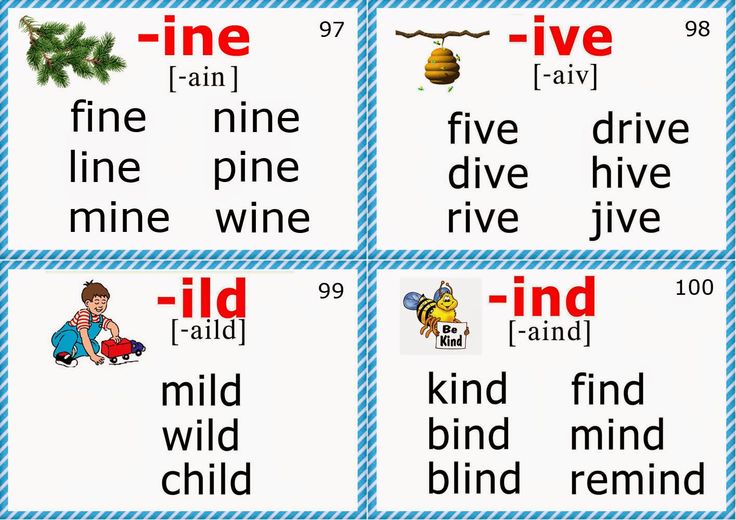
Start the Assessment
Articulation disorders
The author’s views are entirely his or her own and may not necessarily reflect the views of Blub Blub Inc. All content provided on this website is for informational purposes only and is not intended to be a substitute for independent professional medical judgement, advice, diagnosis, or treatment. Always seek the advice of your physician or other qualified health provider with any questions you may have regarding a medical condition. Never disregard professional medical advice or delay in seeking it because of something you have read on this website.
Get started with Speech Blubs
Cancel anytime, hassle-free!
Start Talking
[class^="wpforms-"]
[class^="wpforms-"]
A few tips on how to teach a child to speak the letter s
Contents
- How to properly conduct speech therapy classes with a child? Tips and tricks for parents
- How is work on sound pronunciation organized?
- Articulation gymnastics and its peculiarities
- “Hit the ball into the goal”
- “Naughty tongue”
- Wide tongue
Quite often, parents complain that children face problems when pronouncing sounds that are difficult for them.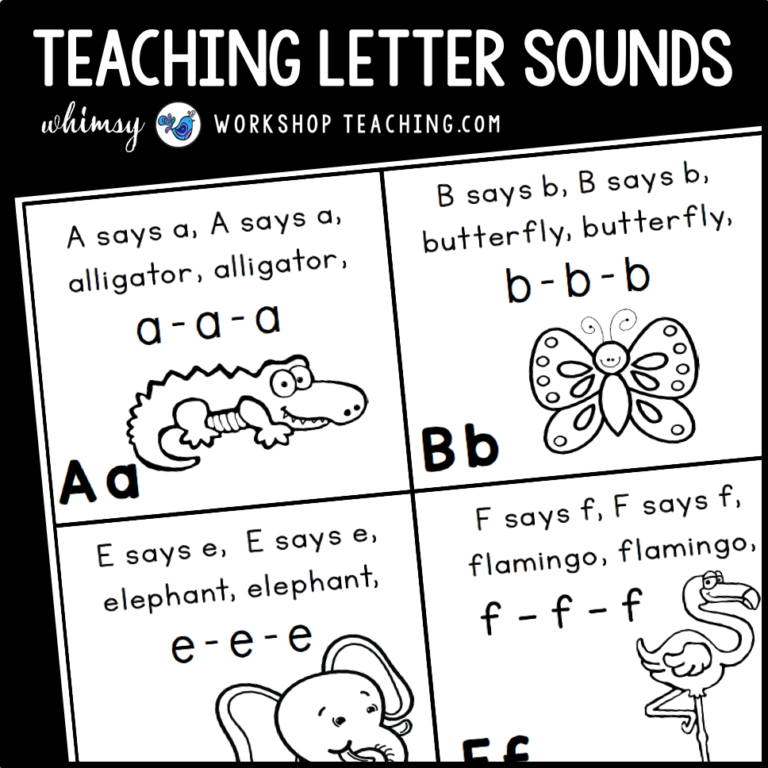 As a rule, hissing sounds are the greatest difficulty for them; in particular, the questions of parents are related to how to teach a child to pronounce the letters “s”, “k” and others correctly. The development of this skill should be given due attention in childhood. nine0003 Sound C - problematic pronunciation
As a rule, hissing sounds are the greatest difficulty for them; in particular, the questions of parents are related to how to teach a child to pronounce the letters “s”, “k” and others correctly. The development of this skill should be given due attention in childhood. nine0003 Sound C - problematic pronunciation
Despite the fact that most parents seek speech therapy help most often when the child is already 5 years old, most pediatricians agree that work on sound pronunciation should be started much earlier.
This will not allow mispronunciation of the sound to take hold. To carry out such activities, it is not at all necessary to have special skills - it is enough to learn only a few simple tricks. nine0003 Tips for pronunciation of the sound C
How to teach a child to speak hissing sounds, including the letter c? Any parent can provide simple speech therapy assistance to a child. However, the success of the events will largely depend on how well they are carried out.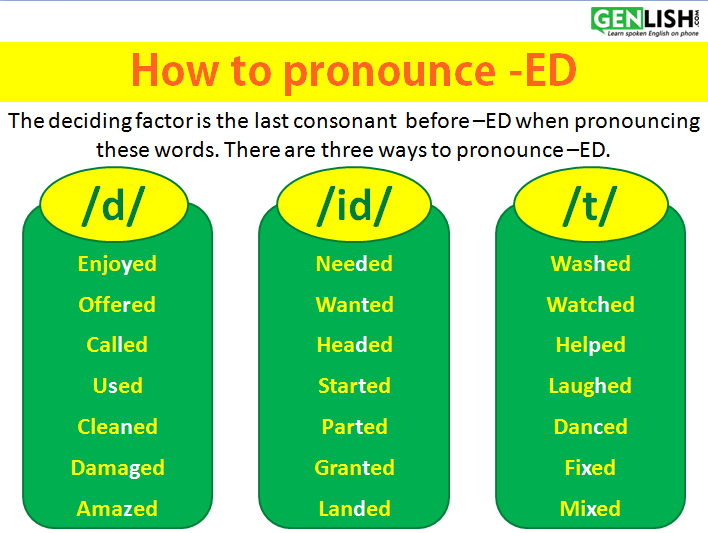
If the child does not have complex speech disorders and can pronounce most of the sounds, home remedial classes with the parent will be quite enough to bring the sound pronunciation back to normal. In this case, the correct setting of the sound will be achieved by automating pronunciation. nine0003 Speech therapy classes should be started as soon as possible
Exercises to develop sound pronunciation skills are useful not only for children with certain speech problems, but also for quite healthy ones, due to the fact that they perfectly develop the articulatory apparatus, making it more mobile and flexible.
In the event that a child has more serious pronunciation disorders, and in speech he makes a large number of grammatical errors, solving the problem on his own is still quite risky. And, the sooner parents turn to a speech therapist for help in solving the problem, the more benefit it will bring to the child. And the easier it will be to teach him pronunciation and speak correctly.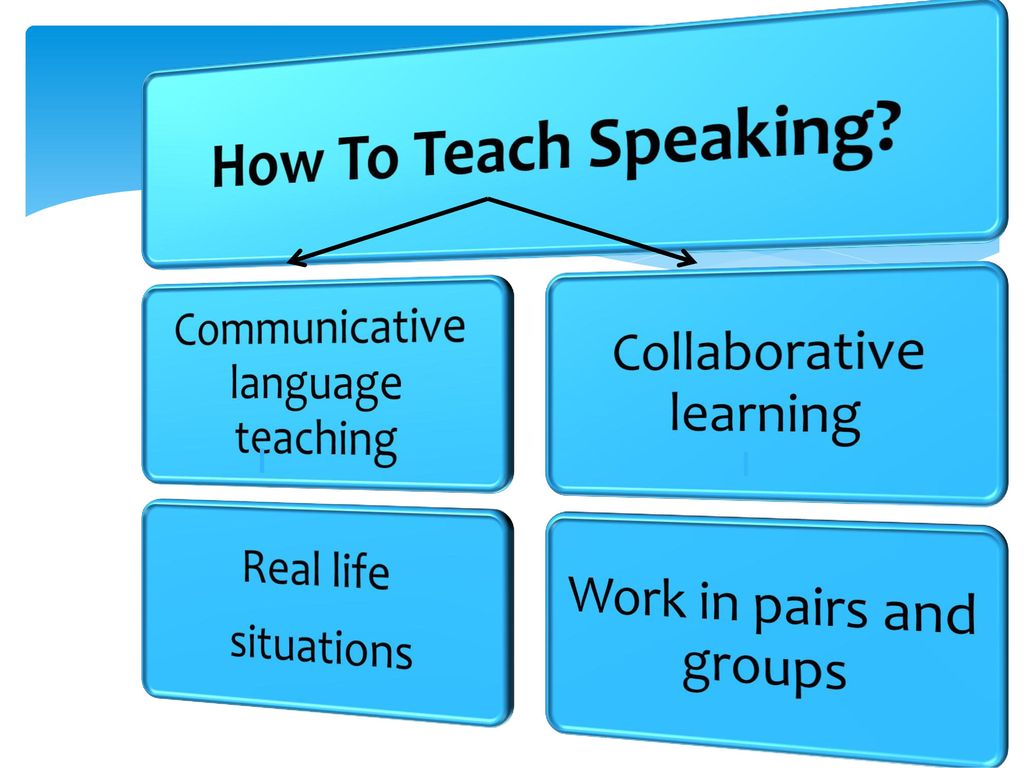 nine0003
nine0003
How is the work on sound pronunciation structured?
- First you need to find out which speech organs are involved in the pronunciation of sounds that cause problems for the child. You will need to work on them first of all with the help of articulatory gymnastics for one or another letter.
- Stage of direct sound production.
- The stage of amplifying the sound and learning it in special speech therapy verses, texts, songs, etc.
Let's consider in more detail how to teach a child to pronounce the letter s easily and freely.
Articulatory gymnastics and its features
As a rule, difficulties in pronouncing the sound “s” are associated with insufficient mobility of the organs of the articulatory apparatus. This must be done with the help of specially organized gymnastics. What is the best way to conduct classes?
Articulation exercise in front of a mirror- A strict sequence of exercises and regularity are the main principles that ensure the effectiveness of exercises for the organs of speech.
 It is best to use ready-made sets of exercises that teach you to pronounce certain sounds. They are selected taking into account the age and other characteristics of the child
It is best to use ready-made sets of exercises that teach you to pronounce certain sounds. They are selected taking into account the age and other characteristics of the child - In order for the child to more willingly participate in the lesson, it is best to teach him to speak in a playful way, supplementing him with interesting riddles for the desired letter, songs, nursery rhymes and jokes
- Do not overload your child with exercises. It is better to do no more than 2-3 in one lesson, but with multiple repetitions - it is easier to teach a child something new.
- It is possible to introduce new exercises with the letter “s” only after the child has already properly mastered all the previous ones and copes with them without much effort
- In order for the child to have the opportunity to see and correctly understand the technique of the exercises proposed to him and pronounce the sounds, it is best to use the mirror for classes
- When performing exercises, it is important to monitor the symmetry of the child's face, the accuracy and smoothness of movements, and the correct pace.
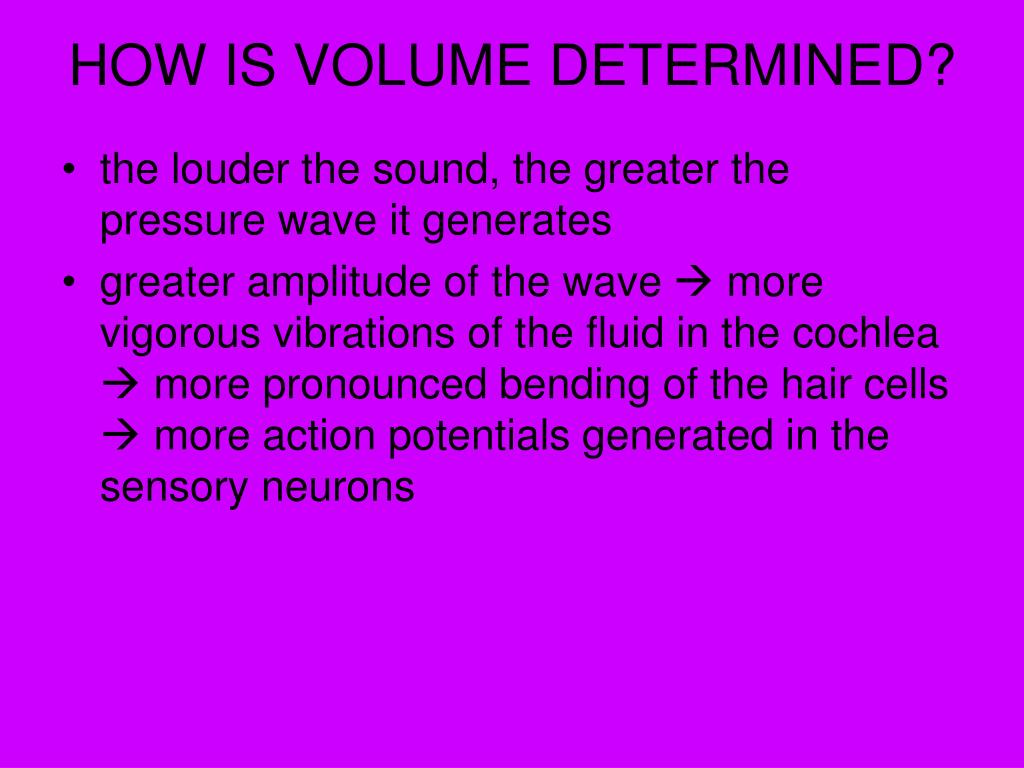 Without this, the effectiveness of the exercises will be minimized.
Without this, the effectiveness of the exercises will be minimized.
Useful advice: Before starting articulation gymnastics, you need to do several exercises in order to “warm up” the organs of speech: a simple smile, stretching your lips with a tube or a ring, raising your tongue will prepare them well for the exercises and improve your student's results. nine0003
After that, you can start the articulation gymnastics itself (in this case, we will consider the complex of Fomicheva M.V.). Such exercises should teach the child the correct pronunciation.
List of exercises for whistling sounds“Drive the ball into the goal”
The exercise teaches the child to direct the stream of air and pronounce hissing sounds. Improvised "gates" of cubes are installed on the table. The task of the child is to drive a cotton ball (“ball”) into them, stretching his lips forward and directing a stream of air at him. It is important that at the same time the child does not puff out his cheeks, and the action is carried out in one step. nine0003
It is important that at the same time the child does not puff out his cheeks, and the action is carried out in one step. nine0003
"Naughty tongue"
This exercise allows you to relax your tongue and form a directed air flow. The child puts the tongue on the lower lip and, holding the mouth slightly open, says "five-five-five." It is important that the lip on which the tongue lies does not tuck, and the air flow goes as smoothly as possible, without interruptions.
Naughty tongue - description of the gameWide tongue
The wide edge of the tongue is placed on the lower lip and held in this position for up to 5-10 seconds. In this case, the organs of the articulatory apparatus should be as relaxed as possible, and the smile should be free from tension. nine0003
Advice to parents: Be patient and try to treat these activities as an exciting game.
Remember that your baby is improving, for him this is something new, which he does for the first time in his life. Try to understand that for him this is connected with serious efforts, and the more interesting this activity will be for him, the greater your chances of a quick result.
Try to understand that for him this is connected with serious efforts, and the more interesting this activity will be for him, the greater your chances of a quick result.
Articulatory gymnastics exercises that teach you to pronounce sounds are quite complex and unusual for a child. That is why you should not expect that he will complete them the first time and completely without errors. In order to teach a child to speak correctly, you need to think over a lesson-game plan. And in case of failure, do not scold him - it is better to support him and offer to try again. Over time, the child will learn both the letter and the corresponding sound. nine0091
How to teach a child to speak the sound c and other whistling sounds correctly
How to teach a child to speak the sound c and other whistling sounds correctly: articulatory gymnastics, staging sound s, video - a demonstration of simple and affordable ways to set sound s, songs with sound from
Many children mistakenly pronounce the sound C and other whistling sounds that are difficult for them (s.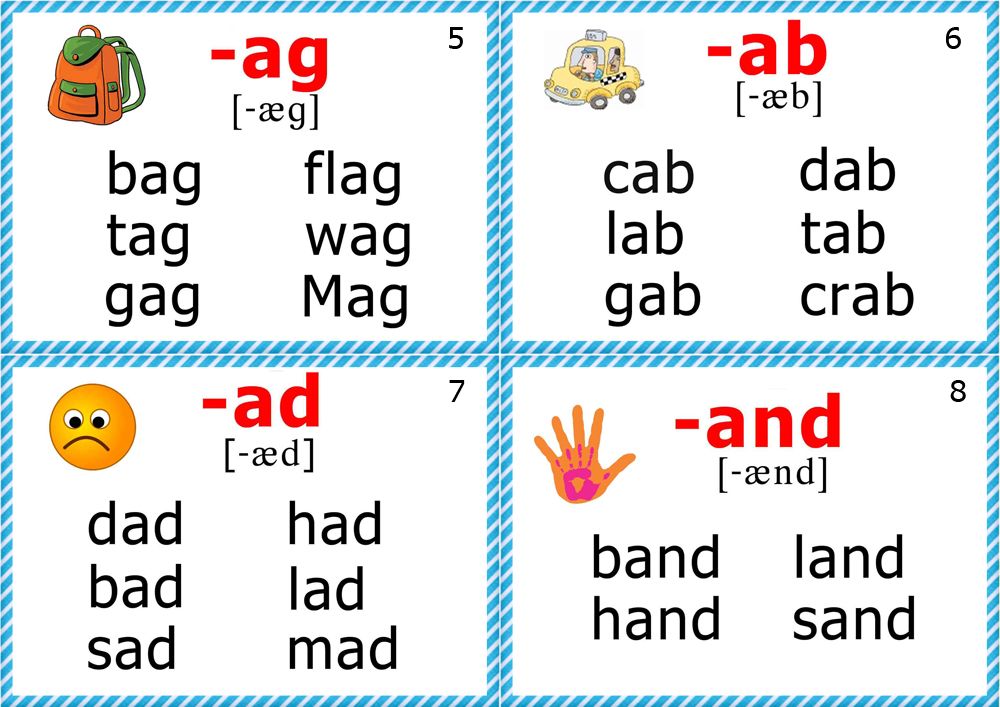 z, z, ts). They can skip this sound or replace it with other sounds. nine0091 In the norm of speech development, by the age of five, children correctly pronounce all the sounds of their native language a (with the possible exception of the sound p, which may appear a little later - at 5.5 years). But now, few of the children reach this norm. What is the reason?
z, z, ts). They can skip this sound or replace it with other sounds. nine0091 In the norm of speech development, by the age of five, children correctly pronounce all the sounds of their native language a (with the possible exception of the sound p, which may appear a little later - at 5.5 years). But now, few of the children reach this norm. What is the reason?
1. Previously, in every kindergarten, from the age of three until graduation from kindergarten, articulation gymnastics was regularly held with all children before breakfast, and in the evening - individual exercises with children who find it difficult to pronounce sound. And this was not done by a speech therapist, but by the most ordinary trained educator! And these were not isolated complexes, exercises and games, but a strictly substantiated system of teaching speech and pronunciation of sounds. Because problems cannot be solved without a system. Now this is already history, and it is rare where you can find such a clearly and consistently built system for the work of a teacher on sound pronunciation with kids.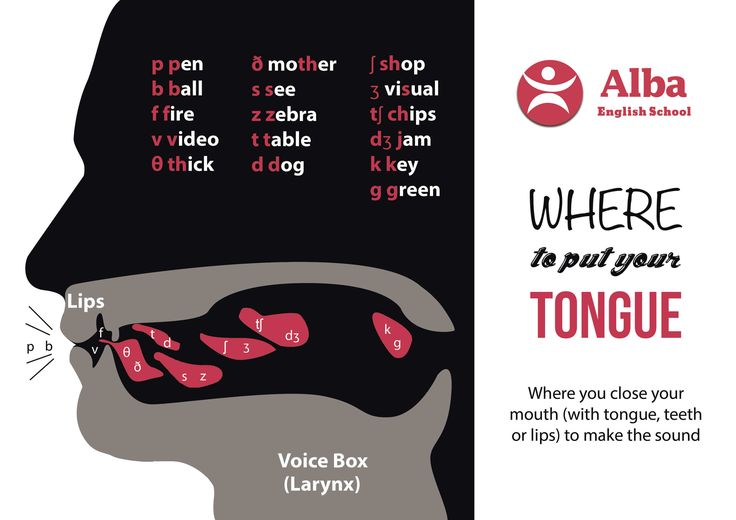 Perhaps that is why modern children have more problems with speech. nine0091 2. Parents now pay much less attention to the speech of their children. Often the child is required only to show something: “Where is Saturn? Where is Jupiter? Where is the Hermitage?” rather than the ability to express YOUR thoughts, YOUR feelings. Very often I hear: “What difference does it make what he says. The main thing is that you can understand it, and that's it! But speech is a means of self-expression, communication, knowledge. And the success of all types of human activity depends on its development.
Perhaps that is why modern children have more problems with speech. nine0091 2. Parents now pay much less attention to the speech of their children. Often the child is required only to show something: “Where is Saturn? Where is Jupiter? Where is the Hermitage?” rather than the ability to express YOUR thoughts, YOUR feelings. Very often I hear: “What difference does it make what he says. The main thing is that you can understand it, and that's it! But speech is a means of self-expression, communication, knowledge. And the success of all types of human activity depends on its development.
How can I help my child if he mispronounces the sound c and other whistling sounds? Can parents help a child? nine0086
That's right, parents wait for the age of 5 and then take the baby to a speech therapist. Although sometimes one push is enough, which will cause the correct sound in the child and help to fix it in speech, without waiting for the age of five. And this “push” should be done not at the age of 5-6, when they were already late, but much earlier - at the age of 4.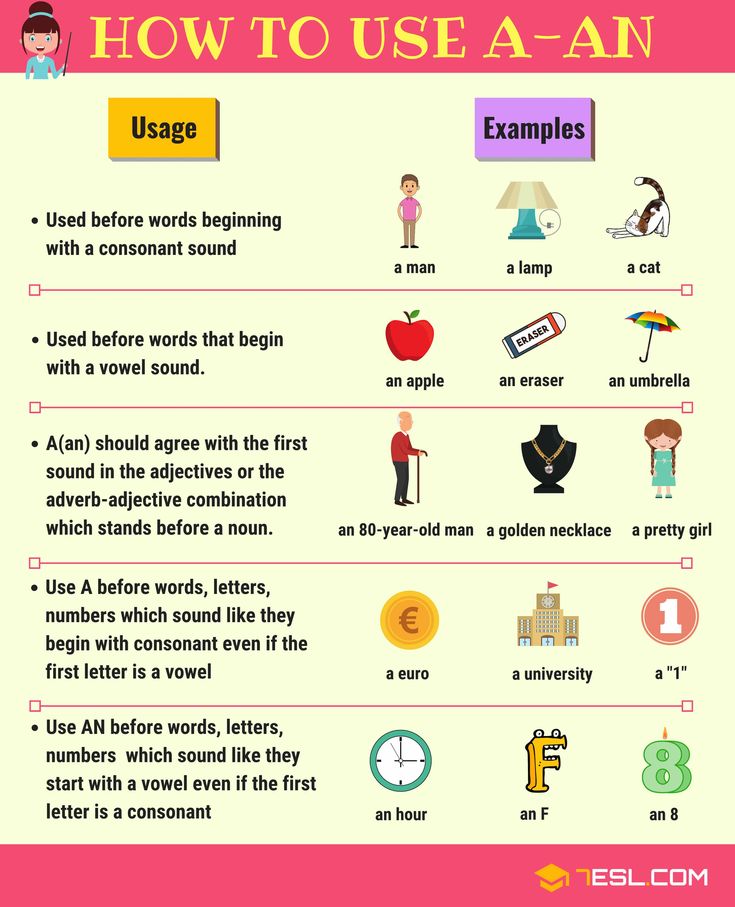 And most importantly, you don't need to be an expert to give such an impetus! You just need to know the exact technology teaching babies sound pronunciation and its nuances.
And most importantly, you don't need to be an expert to give such an impetus! You just need to know the exact technology teaching babies sound pronunciation and its nuances.
To form the correct pronunciation of all the sounds of the native language in kindergartens, special sound pronunciation classes are held for all children (Note - not even in speech therapy kindergartens, but in the most ordinary kindergartens, sound pronunciation classes should be regularly held). If for some reason there are no such classes, then at home you can help the baby.
I know many mothers and grandmothers who, living far away from a speech therapist, coped with the problem of difficult sounds themselves and helped their babies. And I know many educators who can prevent speech disorders and help the child speak correctly and learn to pronounce all the sounds of his native speech. We are all able to help the baby and tell him the right way! nine0091 But I want to warn you:
• If the child does not have complex speech disorders, then the techniques that I will describe in this article will be enough.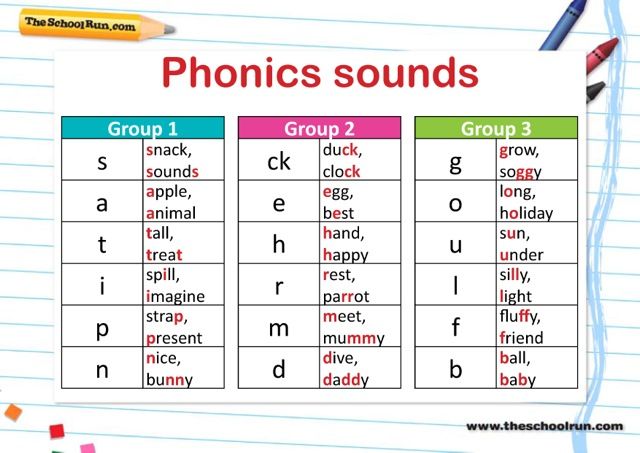 And he will please both you and himself with the correct sound suddenly appearing in his speech with or z. And there are many such children! The only task left is to make the correct pronunciation of the sound automatic, i. automate the correct pronunciation of a given sound.
And he will please both you and himself with the correct sound suddenly appearing in his speech with or z. And there are many such children! The only task left is to make the correct pronunciation of the sound automatic, i. automate the correct pronunciation of a given sound.
• But if a child's sounds are disturbed, he makes many grammatical errors, his speech is slurred, he speaks with difficulty, then a speech therapist is indispensable. nine0129 And the sooner you see a specialist, the better the results will be.
• All articulation exercises are useful not only for children whose sound pronunciation is impaired, but for all preschoolers, because. they develop the articulatory apparatus, make it more mobile, flexible, teach them to control it consciously.
Stages of work on sound.
Work on a new sound that the child pronounces incorrectly includes a number of steps:0086 , necessary to pronounce this sound, training the movements of the articulatory apparatus - articulation gymnastics,
2.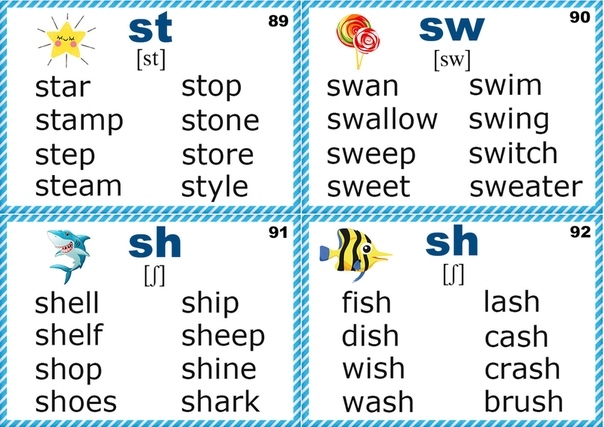 The appearance of sound - sound production,
The appearance of sound - sound production,
3. Assimilation of sound - fixing the correct pronunciation of sound in the child’s speech (in isolation, in syllables, in words , in phrases and texts - poems, stories, games, nursery rhymes). I will talk about all these stages in more detail.
First stage. Articulation gymnastics for whistling sounds (s, s, s, s, c)
As a rule, a child who does not speak the sound c or pronounces it incorrectly also has a disturbance in the sound pronunciation of other whistling sounds (whistling sounds include the sounds s, s, ts and a soft version of the sounds - s, s). One of the reasons for the incorrect pronunciation of sound is the lack of mobility of the organs of the articulatory apparatus. Therefore, for the correct pronunciation, a special “regular exercise-exercises” is needed - articulatory gymnastics.
В complex of articulatory gymnastics combines exercises that prepare strictly defined movements of the articulatory apparatus and the positions of the tongue, lips, necessary for a given group of sounds, and develop the correct air stream.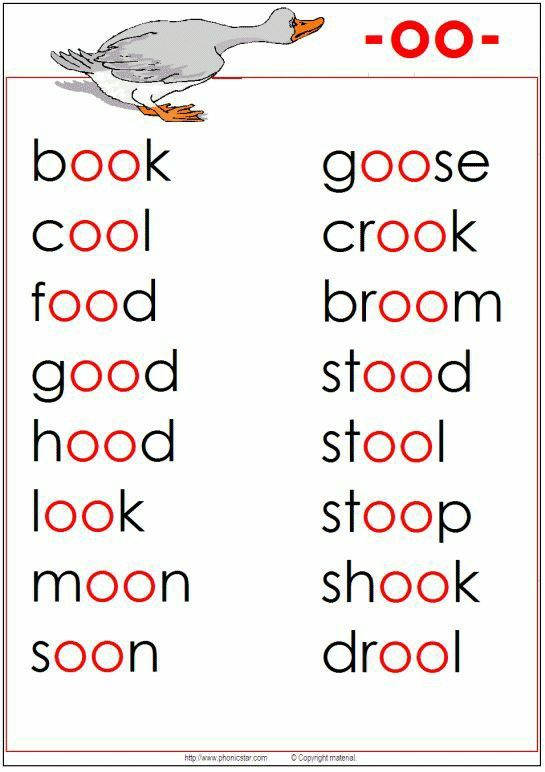 Therefore, I really do not recommend moms, dads, grandparents to come up with their own articulation gymnastics complexes from different books and from the Internet. After all, all the complexes of articulatory gymnastics are by no means randomly compiled! It is impossible to form movements that are opposite to each other at the same time, therefore, in the complex of articulation gymnastics, all exercises complement each other and are aimed at one goal - one group of sounds! nine0091 Articulation exercises should be performed daily without interruption. The most convenient time is before breakfast in the morning. It takes only 3-5 minutes of your time to carry out such gymnastics.
Therefore, I really do not recommend moms, dads, grandparents to come up with their own articulation gymnastics complexes from different books and from the Internet. After all, all the complexes of articulatory gymnastics are by no means randomly compiled! It is impossible to form movements that are opposite to each other at the same time, therefore, in the complex of articulation gymnastics, all exercises complement each other and are aimed at one goal - one group of sounds! nine0091 Articulation exercises should be performed daily without interruption. The most convenient time is before breakfast in the morning. It takes only 3-5 minutes of your time to carry out such gymnastics.
Each time articulation gymnastics is carried out in the form of a game - in the form of a fairy tale or story, accompanied by exercises. This is where your imagination is welcome - you can come up with any plot in which you include these exercises, and change the plot and characters in accordance with the interests of your baby! nine0003
Articulation gymnastics tips - important to know and do:
• Usually 2-3 exercises are performed at a time.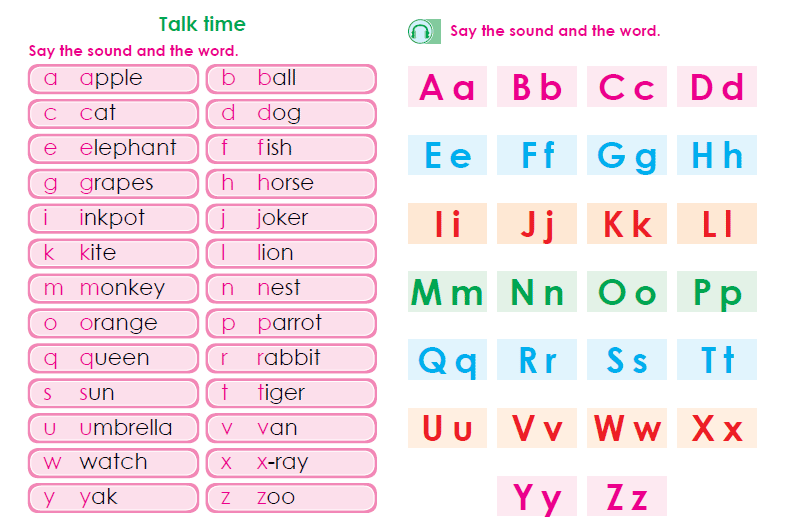 Each exercise is performed repeatedly.
Each exercise is performed repeatedly.
• If you add a new exercise to the complex , then it is only one, and all other exercises should be familiar to the child by this time.
• If the child finds it difficult to do the old familiar exercises , then the new exercise is not introduced, but the old ones are reinforced. But the consolidation takes place in a new form for the child - in a new plot, with new characters. nine0091 • Articulation exercises should be done while sitting in front of a mirror - You sit next to the child facing the mirror and show all the movements, the child can clearly see your face.
• Be sure to follow the symmetry of the face when performing the movements of gymnastics (the movements of the child must be symmetrical to the left and right half of the face). This is clearly visible to the child in the mirror, and he can track whether he is performing the movement correctly.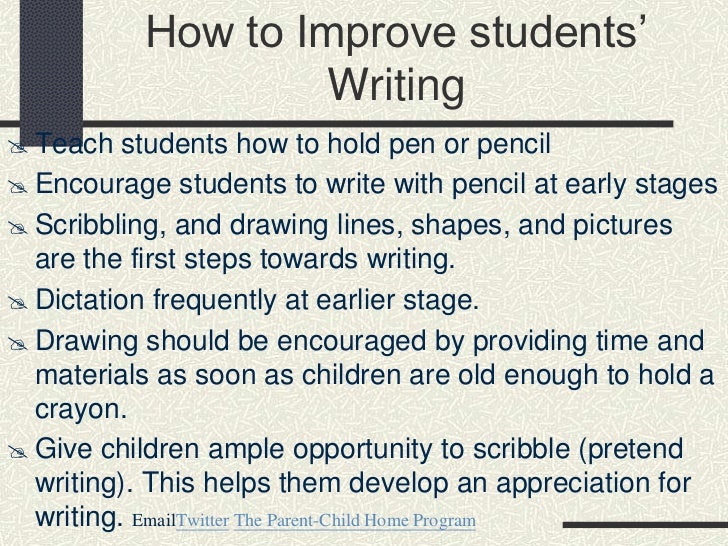
• During articulatory gymnastics, it is necessary to monitor the accuracy, smoothness of movements, give the child clear criteria for the correctness and incorrectness of the exercise, correct his mistakes, monitor the absence of unnecessary side movements, a good pace of gymnastics and the ability to move from one movement to another. If you just formally carry out the exercises, then their conduct is useless or of little use! After all, articulatory gymnastics is not called so for nothing. This is really "gymnastics", in which the correctness of movements is important, and not just playing with the tongue! By analogy: if you just lazily twist your arms, then this will not be physical education or fitness and will not have a good result for your health! The same is true in articulatory gymnastics. For the result, the quality of the movements is important, and not any movement in itself. nine0091 • Articulatory gymnastics exercises, if performed correctly and accurately, are not easy for most children.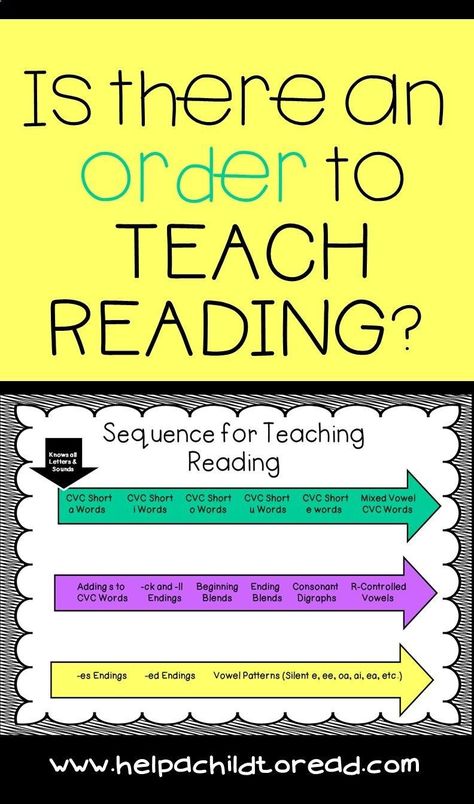 Therefore, in no case do not scold the child, do not grieve that he does not succeed the first time. Everything needs to be learned! And there is one life law — everything that is developed, develops! Therefore, everything is still ahead of you! Praise the baby for what he is already doing - you can already make your tongue wide, your tongue has already begun to move quickly, etc.
Therefore, in no case do not scold the child, do not grieve that he does not succeed the first time. Everything needs to be learned! And there is one life law — everything that is developed, develops! Therefore, everything is still ahead of you! Praise the baby for what he is already doing - you can already make your tongue wide, your tongue has already begun to move quickly, etc.
Preparatory complex for articulation gymnastics includes exercises needed to pronounce any sounds. It is with such a preparatory complex that it is best to start doing articulation gymnastics in kindergarten or at home. The basic version of such a complex, which you can start doing at home:
• Smile and keep your lips in a smile. At the same time, the front teeth are exposed and clearly visible.
• Straw. Pulling the lips forward with a tube. With this movement, only the lips move!
• Ring. Ring-shaped lips.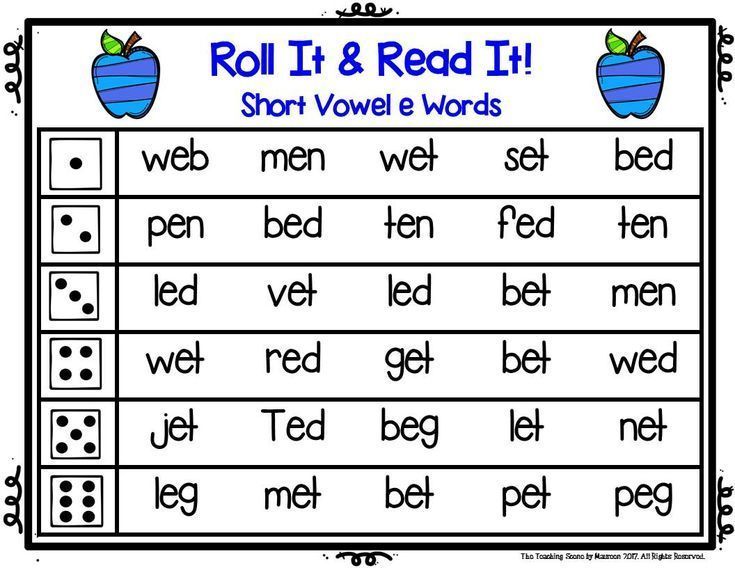 nine0091 • Alternation: smile - ring - tube.
nine0091 • Alternation: smile - ring - tube.
• Calm opening and closing of the mouth , lips in a smile. There should be no other unnecessary movements!
• Wide tongue.
• Narrow tongue.
• Alternation: wide tongue - narrow tongue.
• Tongue lift behind the upper teeth.
• Alternating tongue movements up and down.
• Alternation of tongue movements with the tip of the tongue lowered down: move the tongue deep into the mouth - bring it closer to the teeth. nine0003
If these movements are easy for the child, then you can immediately move on to the complex for whistling sounds. If there are difficulties, then you need to train the basic movements from the preparatory complex. If the child cannot do the exercise with the alternation of “smile - ring - tube”, then I strongly advise you to consult with a speech therapist.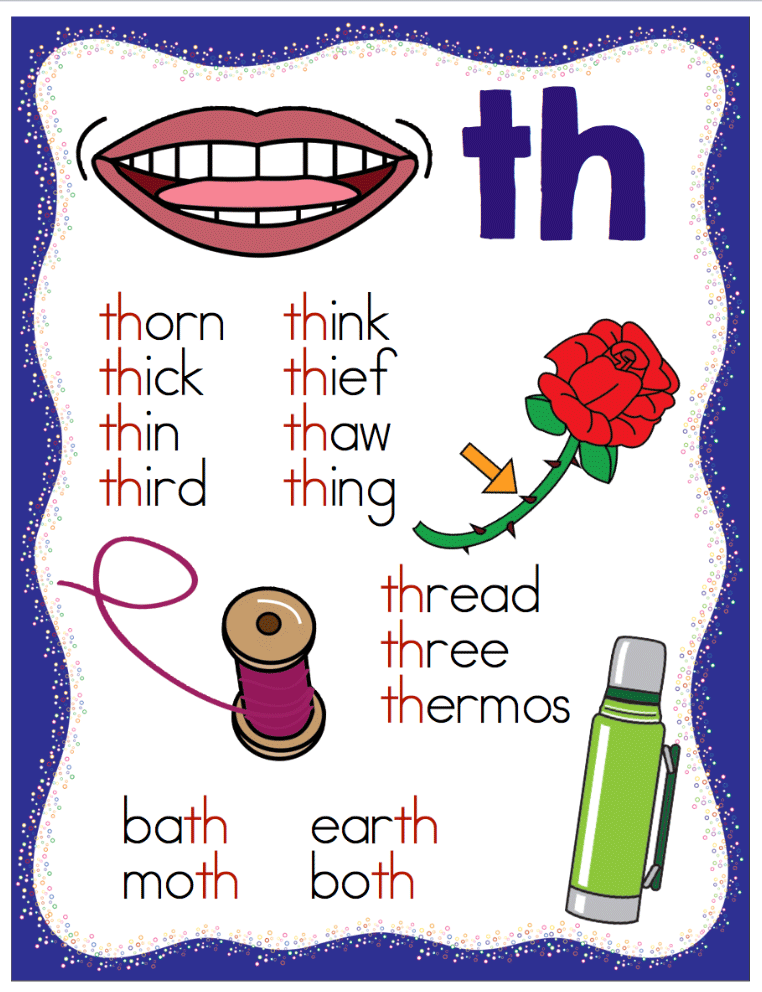
Complex of articulation exercises for whistling sounds p. h, c (Designed by Fomicheva M.V.).
Tips:
- In each exercise, I give a description of the movements and common errors (see "Points to Look Out for"). After the description you will find videos of of all exercises.
- First, do all these exercises yourself in front of a mirror, paying attention to all the nuances, master them, and then teach them to your children.
- Never scold a child for a mistake, just show yourself the correct version of the exercise again, focusing on the right nuance, describe to the child in words how to perform movements, what to watch for. Children are quite calm about the “mistakes of a cheerful tongue” and are happy to “teach” him to do the movements correctly.
Exercise 1. Drive the ball into the goal.
Our task: In this exercise, the child will learn to direct a long, directed stream of air.
Performing the exercise:
Put two blocks on the table - this is the gate. And next to the gate on the table in front of the child, put a cotton ball. The child stretches his lips forward with a tube, blows on the ball and tries to drive it into the gate of cubes. nine0091 Things to watch out for:
• Do not puff out your cheeks! The kid can hold them with his hands to control himself.
• The air flow must be long and continuous - one long exhalation.
Exercise 2. Punish the naughty tongue.
Our task: to teach the child to keep the tongue wide and relaxed. And continue to produce a directed air jet.
Performing the exercise:
The child, opening his mouth, puts his tongue on his lower lip and, slapping his lips, pronounces five-five-five. He then opens his mouth and keeps his tongue relaxed, wide and resting on his lower lip. nine0091 I don’t like to “punish” the tongue with the children, which is already trying its best to practice, so I do this exercise with the kids in a different story - the tongue is resting and singing the song pi-py-py.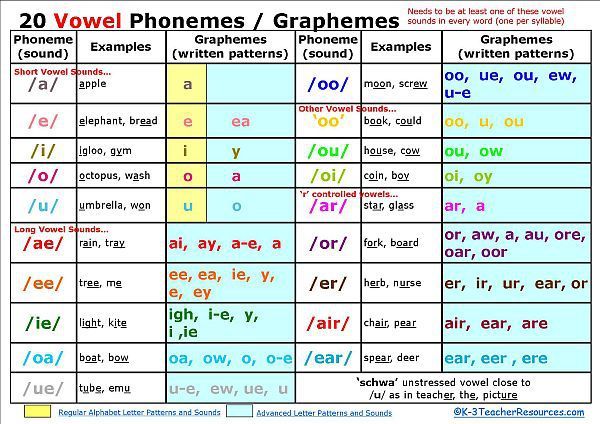 Or I suggest that the child massage the tongue: pya-pya-pya. You can also come up with your own story.
Or I suggest that the child massage the tongue: pya-pya-pya. You can also come up with your own story.
Things to watch out for:
• The lower lip must not tuck in.
• The edges of the tongue touch the corners of the mouth - the tongue is really very wide.
• Pat the tongue with your lips several times on one exhalation, while the air stream goes smoothly, without interruption, without holding your breath. nine0091 • The child can check the correctness of the exercise in the following way - bring a cotton wool to his mouth, and it will deviate. Children always love this kind of self-examination.
Exercise 3. Wide tongue - pancake.
Our task: we will teach the child to keep the tongue in a calm, relaxed state.
Performing the exercise:
You need to smile, put the wide front edge of the tongue on the lower lip and hold it in this state for a count of one to five to ten. Try it yourself first! nine0091 What you should pay attention to when following the exercise in the mirror:
• Lips should not be in a tense smile - grimace, they should be relaxed in a smile.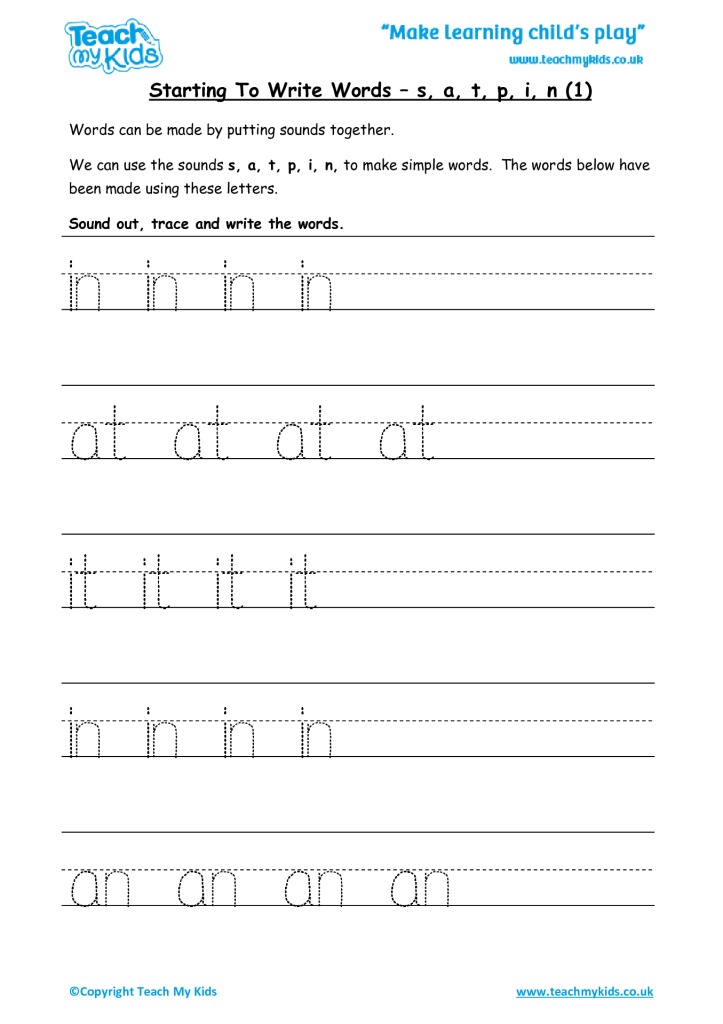
• The lower lip must not tuck in.
• The tongue should not "run" far - it just covers the lower lip.
• The sides of the tongue touch the corners of the mouth - it is relaxed.
• If the exercise does not work out, then you must continue to do the previous one - “punish the tongue”. And come back to this exercise later. nine0003
Exercise 5. Who will drive the ball further?
Our task - we will work out the correct air stream - the air goes in the middle of the tongue, the air stream is smooth, long, continuous.
Exercise:
You will need a fleece, which we will try to drive away. Cotton wool is our "ball". You need to smile, put the wide front edge of the tongue on the lower lip. Then pronounce the sound f for a long time. And blow off the cotton wool on the opposite edge of the table. nine0091 Things to watch out for:
• The lower lip must not be pulled over the lower teeth.
• Do not puff out your cheeks!
• It is necessary to pronounce the sound f, not x - it is with the sound f that the air stream is narrow, as we need.
Exercise 6. Brush your teeth.
Our task: we will teach the child to hold the tip of the tongue behind the lower teeth - this is required to pronounce whistling sounds.
Performing the exercise:
Smile, open your mouth. Brush your lower teeth with the tip of your tongue. First move the tongue from side to side, and then from bottom to top. nine0091 Points to pay attention to:
• Lips in a smile and motionless throughout the exercise.
• When moving from side to side, the tongue is at the gums and not at the top of the teeth.
• When moving from bottom to top, the tip of the tongue should be wide and move upwards from the root of the teeth.
Sometimes articulatory gymnastics seems boring and uninteresting to adults. But not for children! I know from my own experience that children really like to look at themselves in the mirror, “learn the naughty tongue” and improve the technique of the exercise.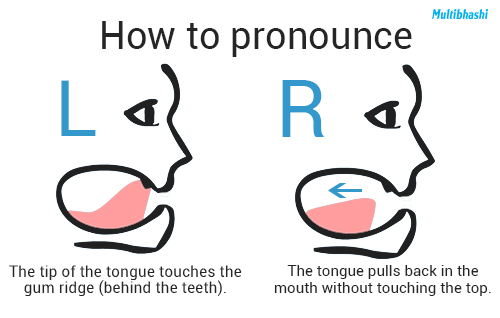 And to all children! And if the plot of the exercises is changed, then interest in them always remains very large, and there is a kind of intrigue - what will be new this time? After all, the kid himself sees his results clearly, sees that every time he moves, he gets better and better, more and more accurate. And in this way, the baby explores himself, the structure of his body, which also captivates preschoolers. nine0003
And to all children! And if the plot of the exercises is changed, then interest in them always remains very large, and there is a kind of intrigue - what will be new this time? After all, the kid himself sees his results clearly, sees that every time he moves, he gets better and better, more and more accurate. And in this way, the baby explores himself, the structure of his body, which also captivates preschoolers. nine0003
How much time it will take for the preparatory work, it is simply impossible to say in absentia. For one child, three times is enough, for another - a week, for the third - a month. But the better the organs of the articulatory apparatus are developed, the faster the baby will learn to pronounce all sounds correctly. Therefore, it’s not worth “spare” for this time and rush!
You can see the exercises of the articulatory gymnastics complex for whistling sounds in the video below.
Video. Articulatory gymnastics for whistling sounds (s, s, c)
Second stage. Sound setting.
At the second stage, those children who correctly pronounce the sound s, refine its articulation and pronunciation, strengthen their skills. The same children who did not know how to pronounce it, learn to pronounce this sound - “whistle”.
It is very important that the child is aware of the correct articulation of the sound and can check himself. This has been possible since the age of 4. And in the speech development classes, all children are taught this (at least they should be taught even in the most ordinary kindergarten). nine0091 Why do children with good sound pronunciation need this knowledge and skills? To develop their ability to consciously control the organs of the articulatory apparatus, to clarify and consolidate the correct pronunciation, for a clearer and faster work of the organs of articulation, for good mobility of the organs of the articulatory apparatus.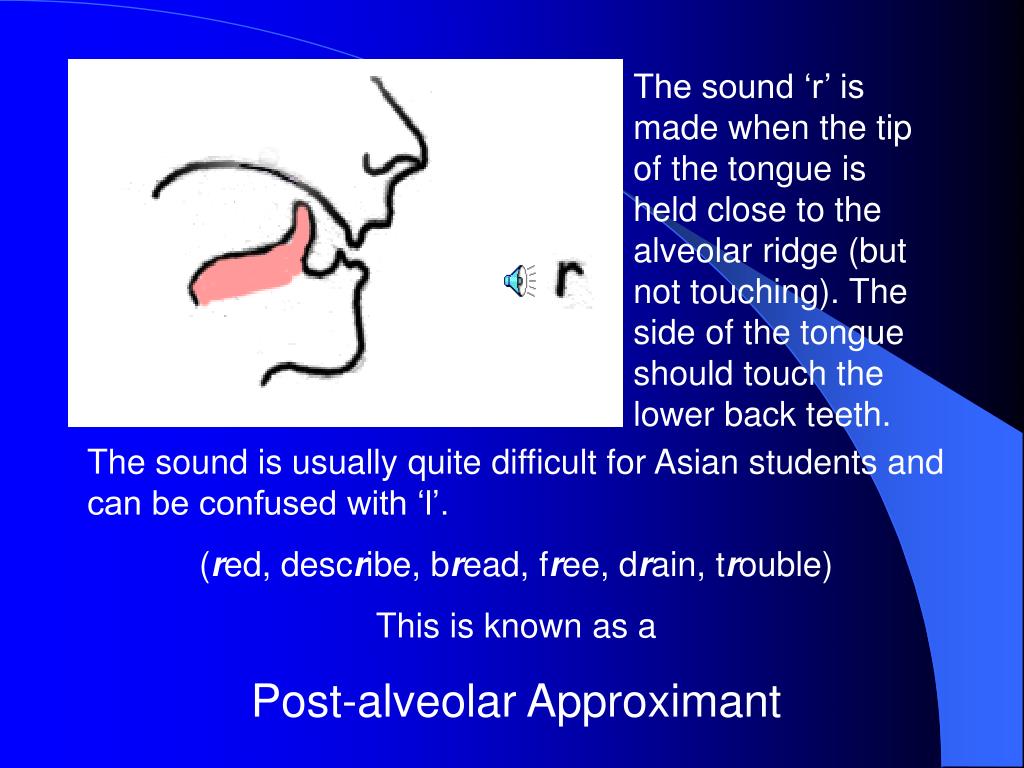 All these skills develop gradually and require training.
All these skills develop gradually and require training.
At the age of 4 years a child learns how teeth, lips, tongue work when pronouncing sounds in the form of a fairy tale - the game "Fairy Tales of the Merry Tongue". nine0003
From the age of 5 you can explain to children the correct articulation of sound in the form we are used to (without a fairy tale) and ask the child questions: “How does the mouth work? What does the tongue do, etc. At senior preschool age, it is already important not only to make a movement and be able to talk about the correct execution of the exercise, but also to monitor the smoothness and accuracy of movements, for quick switching to a new movement, for ease of movement.
Articulatory gymnastics with children of any age can be completed with an exercise or game with onomatopoeia with this sound, which you will find below. nine0003
When staging a sound, the baby also learns the correct articulation of the sound.
Correct sound articulation p.
Correct pronunciation of sound c:
• Mouth smiling (corners of mouth slightly pulled back),
• Teeth closed,
• Tip of tongue resting on lower incisors (i.e., located below, not above),
• Anterior part of the back of the tongue is close to the alveoli and forms a gap with them (children know the alveoli as “bumps” in the sky, at the top of the mouth),
• A groove is formed in the middle of the tongue when pronouncing a sound, through which air flows. nine0091 • In contrast to the hissing sounds when pronouncing whistling sounds the air jet is cold ! In order to determine which stream of air comes from the mouth, you need to bring your hand to your mouth with your palm down. Say the sound Sh yourself in this position, and then the sound C, and you will see the difference. You can show the baby this difference by blowing on his hand while pronouncing these two sounds. And then he himself will experiment with pleasure, how he does it - a cold stream of air or not.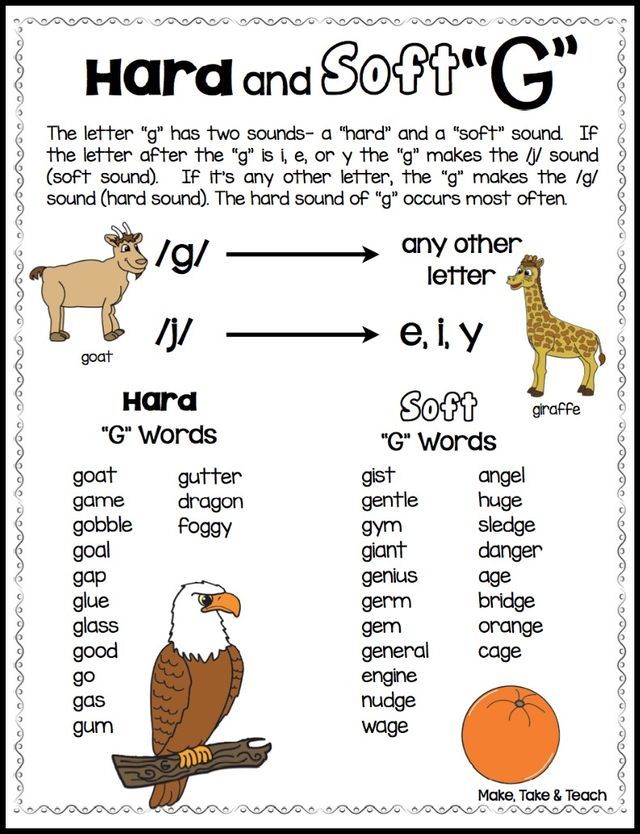
For four-year-old children, you can set up sound C in the form of a game. Invite your child to ride a bike. To do this, we need to inflate the tires with air, which deflated a little. We will work as a pump and inflate the tires with air: ssss. Show yourself how the “pump works” - sss (show the articulation of this sound so that the child can clearly see your face). Ask the child: what is the position of the lips when the pump whistles? (In a smile). Are teeth visible? (Yes). Where is the tip of the tongue? (Bottom, hidden behind the lower teeth). What air goes - cool or hot? (Cool) - Bring the back of your hand to your mouth. Compare with X sound - when is the air warmer at X sound or C pump sound? nine0091 Invite the child to “take the pump” (pantomime - an imaginary action) and “pump up the tires with the pump” - whistle ssss.
Very often, even such a refinement of the correct sound pronunciation of the sound C in the game "Pump" is enough for a four-year-old child to begin to pronounce the sound correctly!
It happens that "playing the pump" is not enough and you need to refine the articulation of the sound individually, in front of a mirror. When staging a sound by imitation of , you can offer the baby to blow on a slightly protruding wide tongue, imitating you. After that, you need to translate the tongue behind the lower teeth. “Look where my tongue is. Do you see teeth? Do the same. Smile so your teeth show. Press the wide tongue to the front teeth at the top. Well done! Now cover your mouth and let's blow. Bring your hand to your chin - can you feel the air coming in? Place the cotton pad on the child's chin so that a stream of air hits it. If the child is blowing weakly, then ask him to blow harder, but do not puff out his cheeks. So, by imitation, the child will get the correct sound s. Repeat this sound 5-6 times with pauses. nine0003
When staging a sound by imitation of , you can offer the baby to blow on a slightly protruding wide tongue, imitating you. After that, you need to translate the tongue behind the lower teeth. “Look where my tongue is. Do you see teeth? Do the same. Smile so your teeth show. Press the wide tongue to the front teeth at the top. Well done! Now cover your mouth and let's blow. Bring your hand to your chin - can you feel the air coming in? Place the cotton pad on the child's chin so that a stream of air hits it. If the child is blowing weakly, then ask him to blow harder, but do not puff out his cheeks. So, by imitation, the child will get the correct sound s. Repeat this sound 5-6 times with pauses. nine0003
It is not necessary to expect that the sound C that appeared by imitation will immediately appear in the child's speech. For a child, this is just the sound of a pump in the game! Even the next day, the baby may already forget everything, and you will have to show the sound production exercise again.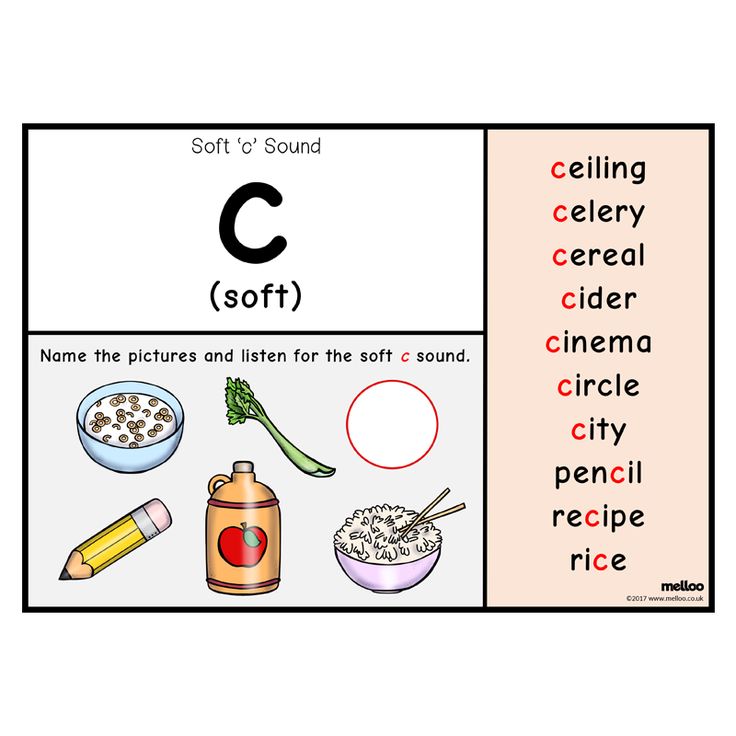 And ask him to whistle like a pump, make noise like a vacuum cleaner, blow and whistle like the wind, etc. In order for the sound from to enter the child's speech, games and game exercises are needed to automate it, which I will discuss in the next article. nine0086 After all, just repeating words and phrases with sound is not at all interesting for a baby! And you also need to teach your child to distinguish between sounds that are close and similar to each other, so as not to confuse them in speech. We will also talk about this in the continuation of this article.
And ask him to whistle like a pump, make noise like a vacuum cleaner, blow and whistle like the wind, etc. In order for the sound from to enter the child's speech, games and game exercises are needed to automate it, which I will discuss in the next article. nine0086 After all, just repeating words and phrases with sound is not at all interesting for a baby! And you also need to teach your child to distinguish between sounds that are close and similar to each other, so as not to confuse them in speech. We will also talk about this in the continuation of this article.
And in the end, I want to offer you two videos about making whistling sounds with a demonstration of simple and affordable techniques.
How to teach a 3-4 year old child to speak the whistling sounds S and Z correctly? Video
If you have successfully evoked a sound, all that remains is to automate its correct pronunciation in syllables, words and phrases. You can find out about games and exercises for automating the sounds С and СЬ in a child’s speech in the article
“Automation of the whistling sounds С and СЬ”
correct” sound fails, then you definitely need to contact a speech therapist to a children's clinic or a speech therapy kindergarten. You can always find out the addresses of all institutions where you can get help from a speech therapist free of charge at the district or city department of education.
And at the end of the article - a few songs for speech lessons with children on the sound of p.
